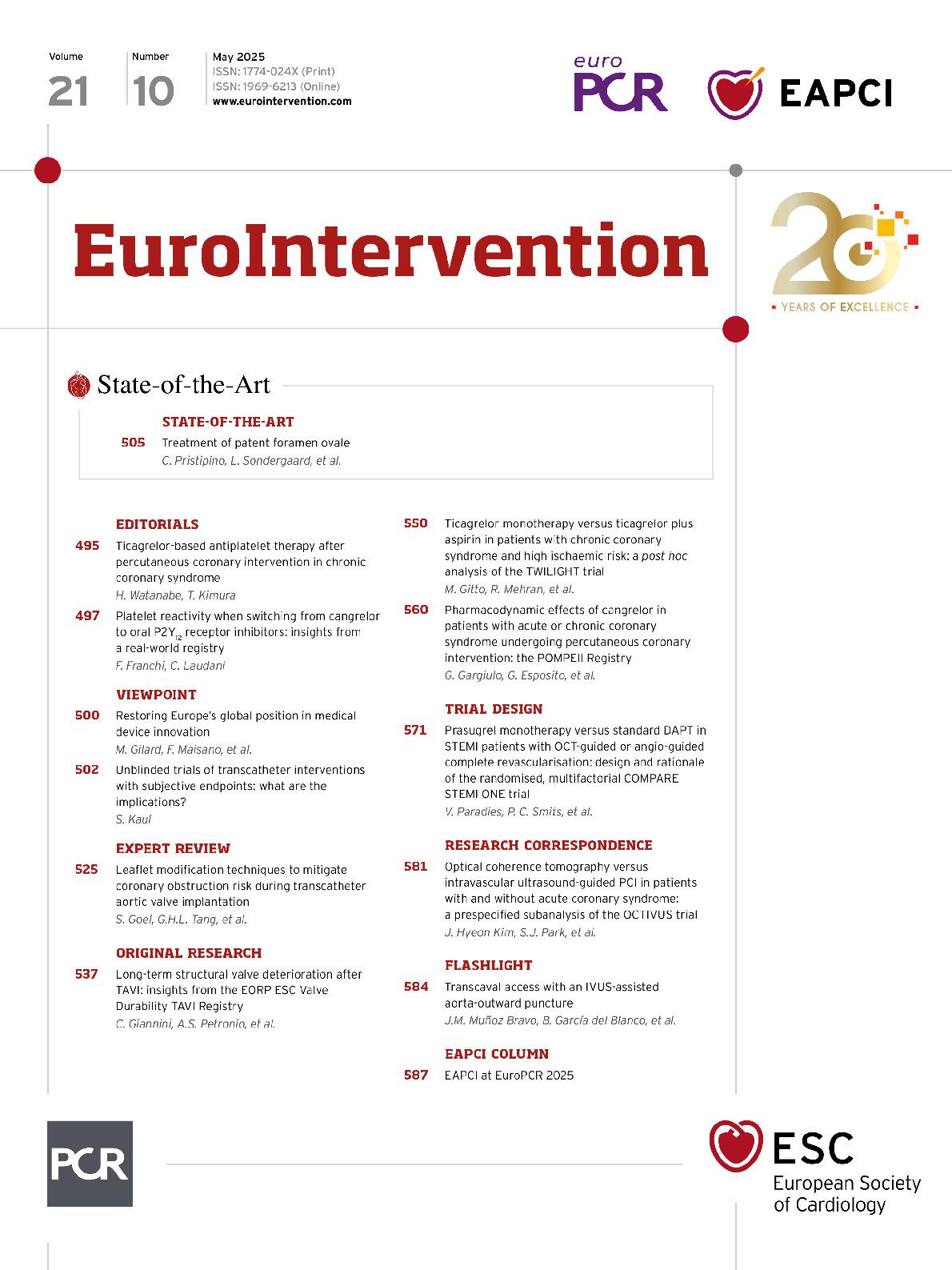Abstract
Coronary obstruction is a rare but serious complication during transcatheter aortic valve implantation (TAVI), particularly in valve-in-valve procedures, which is associated with high mortality. This review explores various leaflet modification techniques designed to mitigate this risk. Among the most studied methods is Bioprosthetic or native Aortic Scallop Intentional Laceration to prevent Iatrogenic Coronary Artery obstruction (BASILICA), which uses transcatheter electrosurgery to lacerate the aortic valve leaflet and maintain coronary perfusion. Other promising techniques include ShortCut, a mechanical leaflet splitting device, and Undermining Iatrogenic Coronary Obstruction with Radiofrequency Needle (UNICORN), which utilises radiofrequency energy to achieve leaflet laceration. These approaches differ in their procedural complexity, equipment requirements, and clinical outcomes. Each technique’s efficacy in preventing coronary obstruction is discussed, alongside the potential complications and the procedural challenges encountered in both native aortic valve and valve-in-valve settings. This review also highlights the importance of careful patient selection, advanced imaging techniques, and the need for further research to optimise these strategies.
Sign up for free!
Join us for free and access thousands of articles from EuroIntervention, as well as presentations, videos, cases from PCRonline.com

